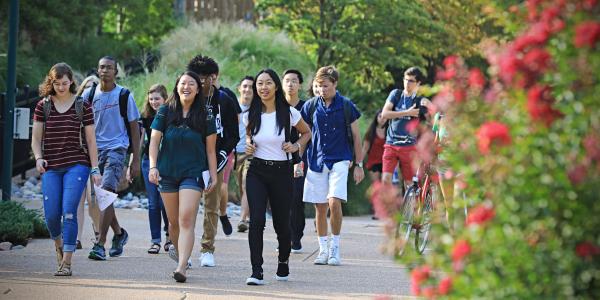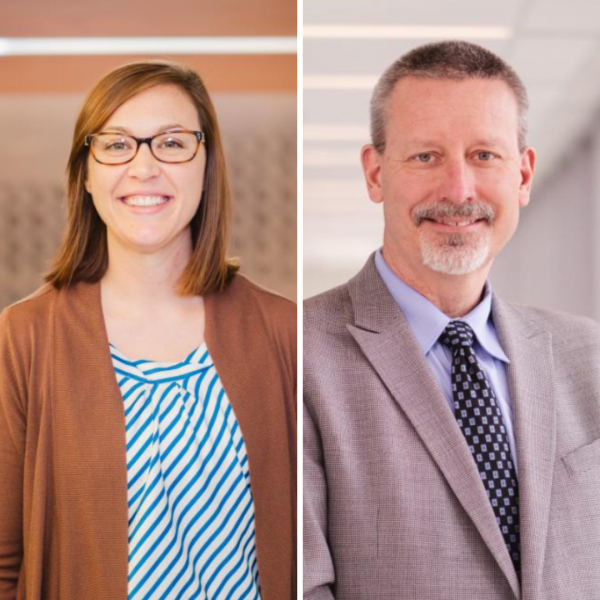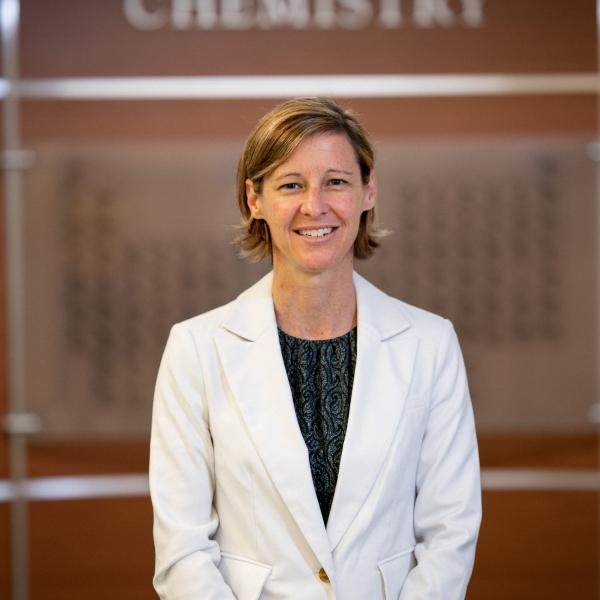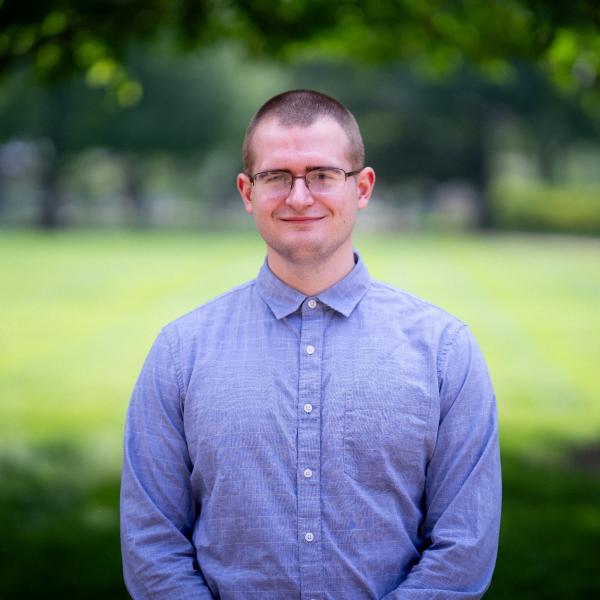The Department of Chemistry is one of several Arts & Sciences groups working to promote a culture of diversity, equity, and inclusion at WashU. A year into their efforts, chemistry's DEI committee reports on their successes and looks ahead to what's next.
Established in fall 2018, the Department of Chemistry's Diversity, Equity, and Inclusion Committee (Chem DEI) set out with a lofty goal: to respect and champion each member of their community for their true individuality. “You have to begin by building an inclusive community," said committee chair William Tolman, William Greenleaf Eliot Professor of Chemistry and associate dean of research in Arts & Sciences. "Then diversity will follow.”
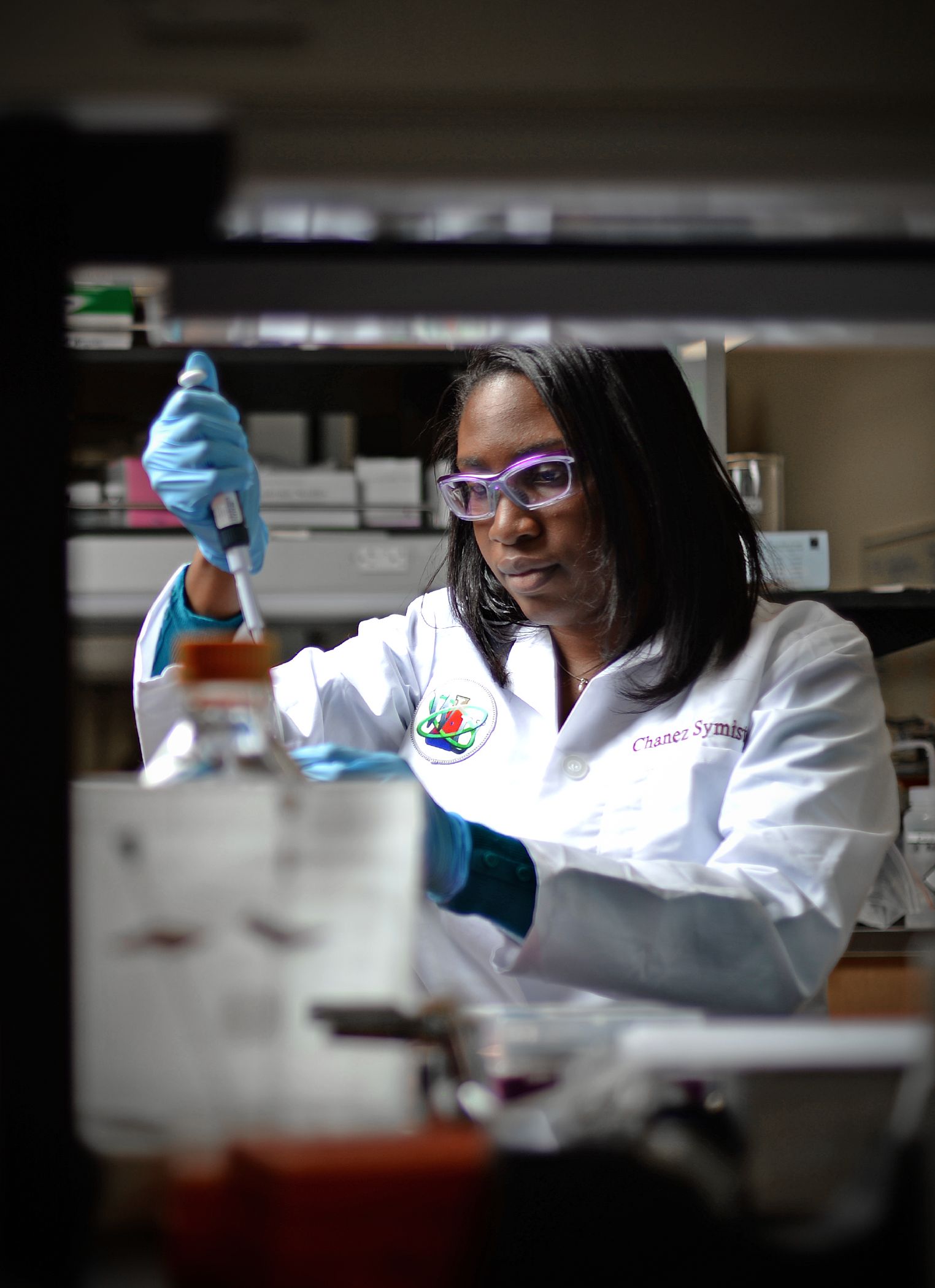
One year into their effort, the team is enthusiastic about their work and the goals they've set for their second year.
From the beginning, Chem DEI was determined to be actively engaged in diversity efforts in the department and around campus. “The last thing we wanted was to be just for show, a checked box,” said founding member Chanez Symister.
An initial part of finding the way forward for Chem DEI was a department-wide survey. “We needed to gauge whether people felt the department was providing an inclusive space and actually making room for diversity,” Symister said. “Some aspects of diversity are more visible, you can look and see, but others are more internal, like inclusion. You might not even know you’re being non-inclusive unless you’re told. The survey helped make those internal issues apparent and suggested some activities we could do to improve our overall environment.”

Following fall planning and strategizing, the committee organized a series of training and social events to build awareness, equip department members with the tools they need to build an inclusive environment, and provide spaces for ongoing discussion. For these events, Chem DEI leveraged resources already available on campus, such as Green Dot and Safe Zones, and started building their own database of educational materials. These materials also provide fodder for Chem DEI’s Hot Topic Lunches, regular social events in which members of the department meet to discuss hot button DEI issues, such as gender and racial diversity in STEM.
A key feature of Chem DEI, in its composition and activities, is that it represents all levels of the chemistry department, including undergraduate and graduate students, postdoctoral researchers, faculty, and staff. Not only does this garner buy in and support from both the top down and the bottom up, but it also ensures that every person in the department has a peer they can contact about DEI issues.
As Chem DEI enters its second year, the group will continue to provide programming and support designed specifically for the Department of Chemistry, while also branching out to work with other DEI groups around campus and intersecting with university-wide diversity initiatives, such as the newly formed Academy for Diversity and Inclusion. Nicole Hudson, the inaugural leader of the academy, told the Source, “Core to the mission of the Academy for Diversity and Inclusion is an ideal – a ‘culture and climate of diversity and inclusion’ – that has no precedent in our country or the St. Louis region.” Other diversity and inclusion efforts across WashU include the student-centered Center for Diversity and Inclusion (CDI) and a variety of additional diversity groups.

Graduate student organizers Austin Moyle and Natalia Gutierrez identified key concerns for chemistry in the coming year. Moyle pointed to WashU’s role in St. Louis and its historical racial divide as context for additional instructor training. “Graduate student instructors in chemistry may work with hundreds of students each semester. When I first started teaching, I felt underprepared to help students from different backgrounds,” Moyle said. “More training on how to make sure students of various backgrounds or identities are supported will be incredibly useful for graduate students teaching for the first time, and probably for other instructors, too.”
Gutierrez, originally from Colombia, described plans to leverage the emerging network of campus diversity and inclusion groups to help students from different backgrounds, especially international students, feel more at home. “When I first came to WashU, I was also new to the Midwest, and it was really hard to connect with people like me, with other Latinos,” Gutierrez said. “Leaving so much behind in your home country makes it extremely difficult to complete graduate school without more help and social support from others from your home culture.”
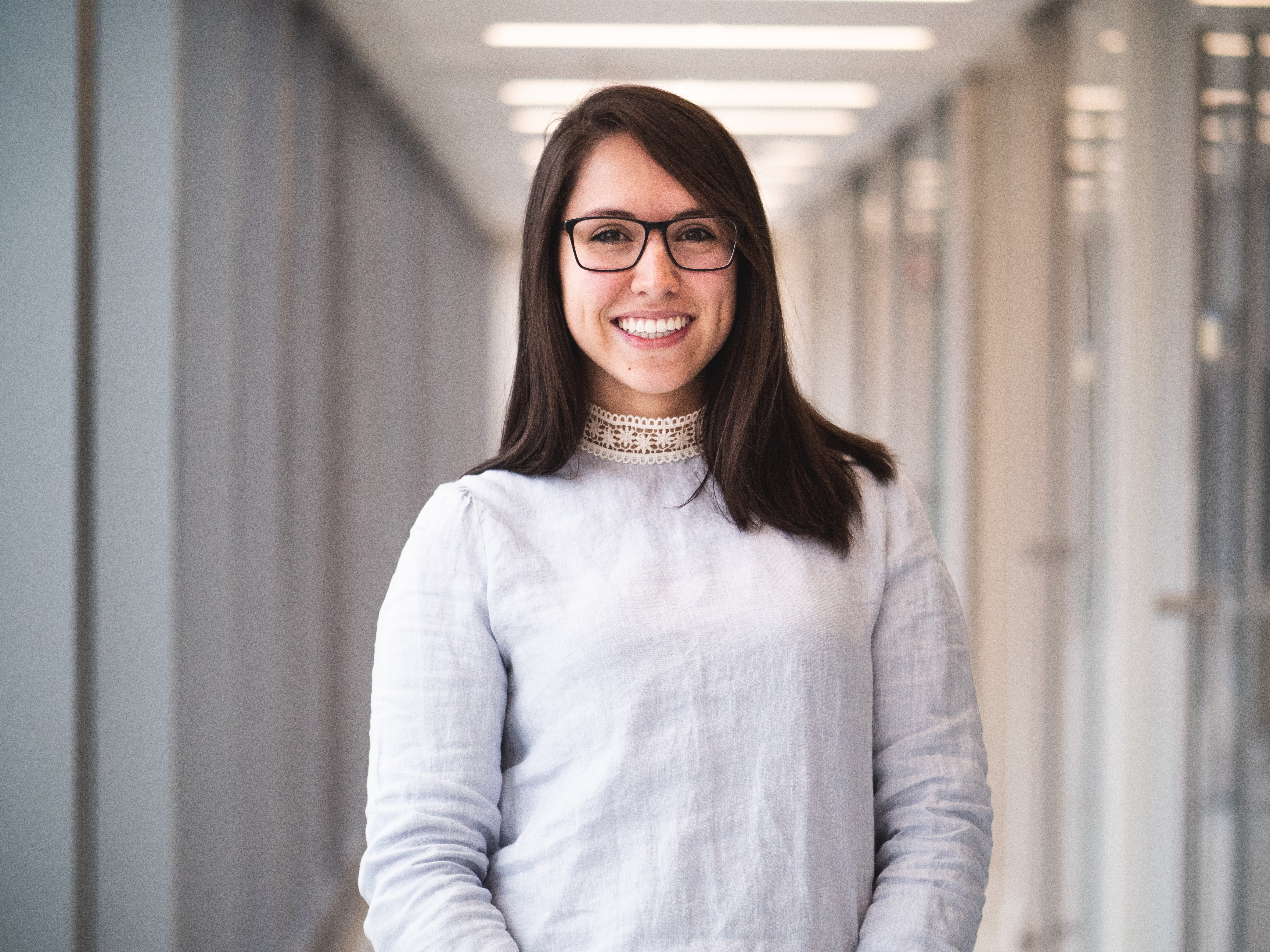
Chem DEI’s specific plans include working with DEI groups from biology and physics to share successful strategies and resources and build a community of scientists. Chem DEI will also continue hosting events that have been successful in the past, such as hot topic lunches, and offering regular training opportunities, including another Safe Zones training. Both Gutierrez and Moyle named Safe Zones training as their top DEI event so far, citing its effectiveness at teaching groups how to foster inclusive learning environments through an LGBTQIA+ lens. They are currently on the lookout for similar resources and training on diversity.
As momentum for their work builds, Chem DEI has organized a panel discussion next month on the topic "Addressing Harassment, Promoting Inclusion." The event, which is open to the WashU community, will take place Friday, October 18, at 2 pm in Wrighton Hall room 300.

